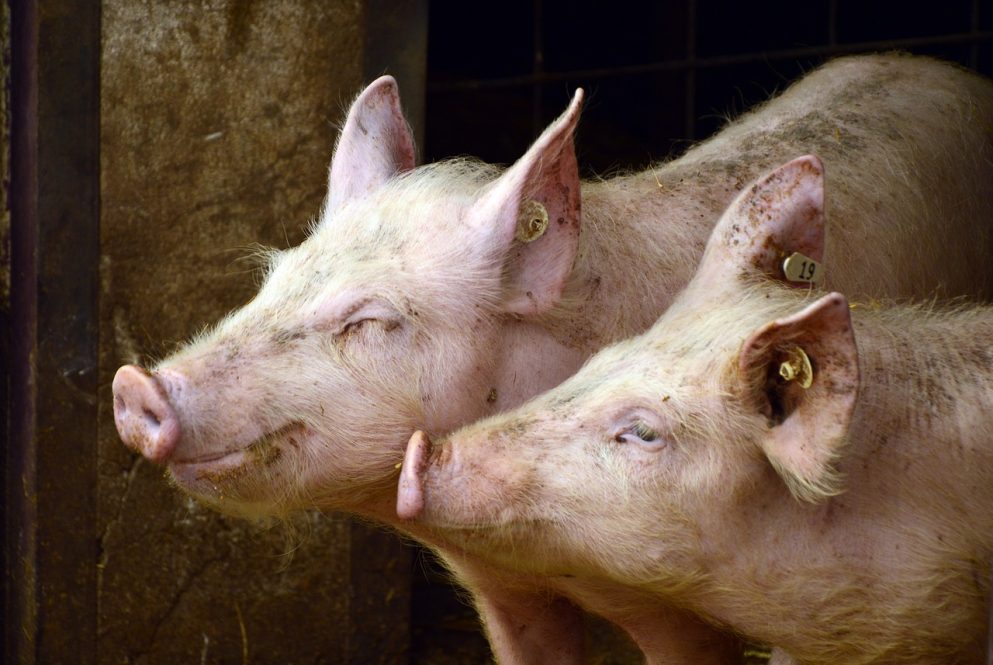Through a pair of new grants, the Connecticut Veterinary Medical Diagnostic Laboratory (CVMDL) will expand its capacity to detect emergent pathogens in animals and prepare for potential outbreaks of known harmful pathogens.
The total funding is $660,000 from the USDA Animal and Plant Health Inspection Service (APHIS) National Animal Health Laboratory Network (NAHLN).
The CVMDL is at the Department of Pathobiology and Veterinary Science in the College of Agriculture, Health and Natural Resources. Director of the CVMDL Dr. Guillermo Risatti will serve as the PI on these projects.
The COVID-19 pandemic heightened public awareness of zoonotic diseases as SARS-CoV-2, the virus that causes COVID-19, closely resembles other coronaviruses found in bats in China. Zoonotic diseases, caused by coronaviruses or rabies virus, can pass from animals to humans.
One grant will allow CVMDL to enhance their capacity for genetically sequencing pathogens causing diseases in domestic and wild animals.
The CVMDL performs postmortem diagnostic examinations on a variety of animals from farm animals to family pets, to wild animals.
When the CVMDL staff receive an animal that fits the description for a suspected case of an emergent and/or foreign animal diseases, they immediately use tests established by NAHLN to rule out a host of known diseases.
If the disease appears to be something new, or at least new to the United States, the CVMDL has a limited in-house capability to produce a whole genome sequence of the emergent pathogen. This level of information on the pathogen would allow scientists to better understand how it functions in the host animal and its relationship to known pathogens. Additionally, if the pathogen becomes a large enough threat, genomic data can aid in vaccine development efforts.
This new funding from the NAHLN-APHIS program will allow the CVMDL to purchase equipment necessary to develop this capacity in-house. They will also develop and implement an easy-to-use bioinformatics analysis pipeline to comprehensively and rapidly analyze the pathogens once they are sequenced.
Previously, the CVMDL collaborated with Dr. Dong-Hun Lee’s lab to complete a genomic analysis of rabies viruses in bats found in Connecticut. This initial effort will serve as a platform for broader advancements in the characterization of new pathogens.
In a separate grant from NAHLN and National Animal Disease Preparedness and Response Program (NADPRP), the CVMDL in collaboration with Dr. Tridib Rajkhowa at the College of Veterinary Sciences & Animal Husbandry, Central Agricultural University, Selesih, Aizawl, India, will evaluate a commercially available pen-side tests for detecting African swine fever viruses in domestic pigs in India.
African swine fever is a highly contagious and deadly disease for pigs. While the virus has not demonstrated the ability to transfer to humans, it has caused significant pig losses around the world in sub-Saharan Africa, Europe, Russia, China, Mongolia, Korea, Southeast Asia, and most recently, the Dominican Republic.
This effort aims to assess the performance of available diagnostic tests for detecting African swine fever virus in naturally infected animals. Ultimately these tests can be used to help keep the virus from establishing in U.S. pig populations and spreading in Asia. The virus is considered endemic in the State of Mizoram, India where the researchers will conduct their studies.
The research team will collect samples from symptomatic and asymptomatic pigs as well as pigs that died during suspected African swine fever outbreaks.
Using portable instruments, the researchers will first extract nucleic acid from nasal and blood samples obtained from pigs. Another instrument will amplify the virus DNA that will provide a clear reading of whether the animal has the disease or not.
The researchers will then compare the results from the field tests with the NAHLN test used in the U.S. to evaluate the accuracy of the assays.
If the assay is a good indicator of the presence of African swine fever, its use will bolster the United States’ ability to rapidly and accurately detect the presence of African swine fever virus and accelerate response and containment efforts in the event of an outbreak.



